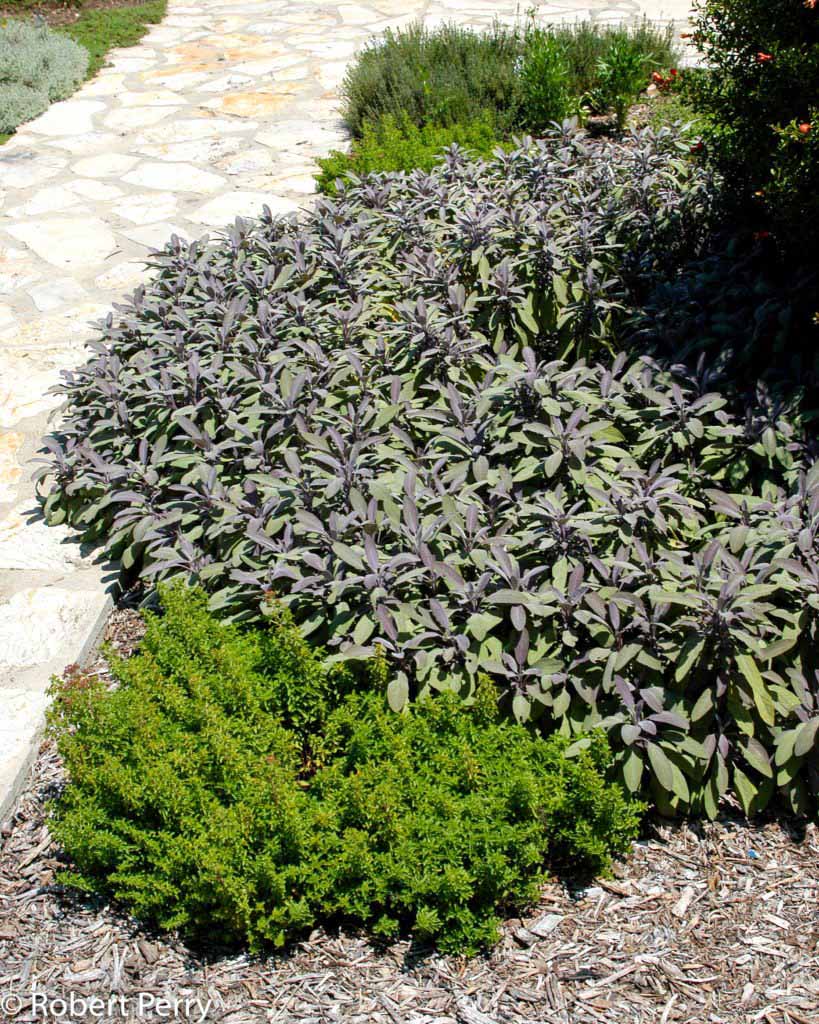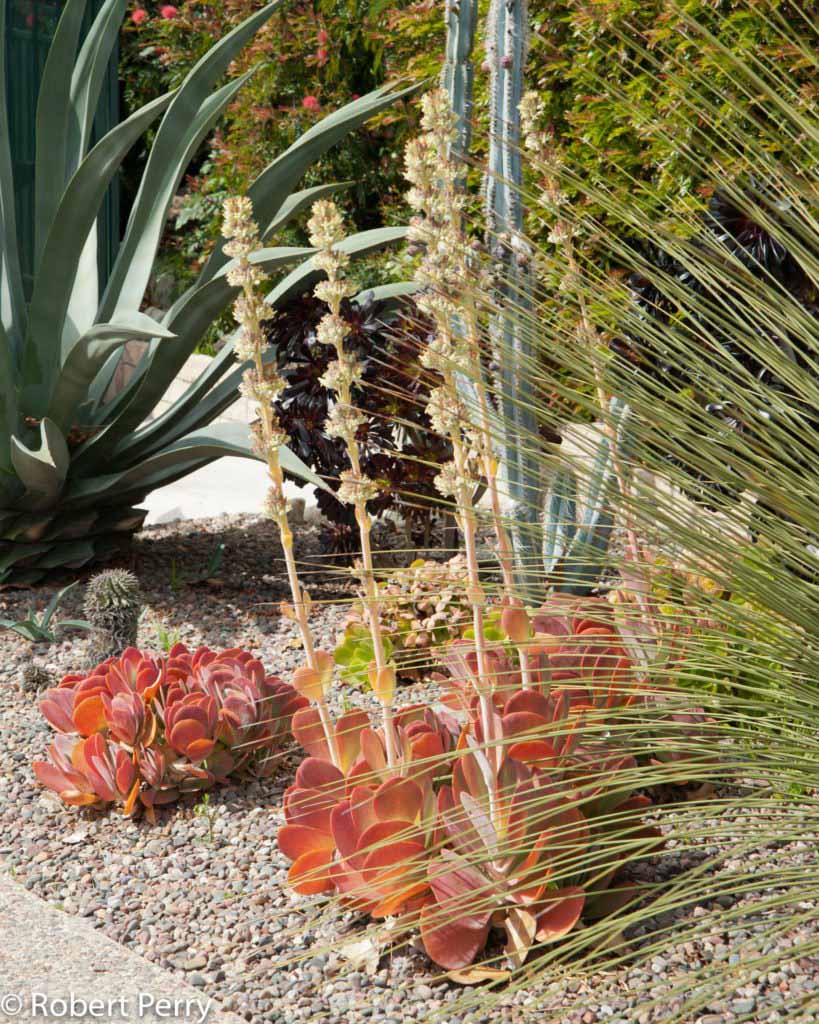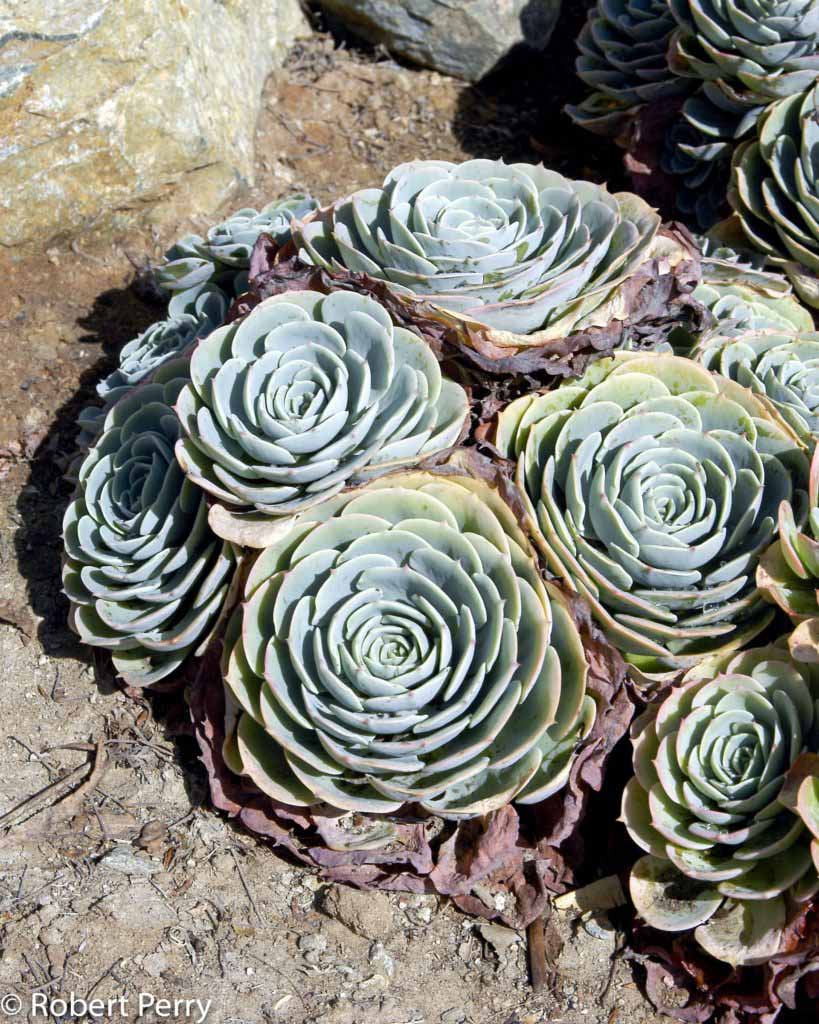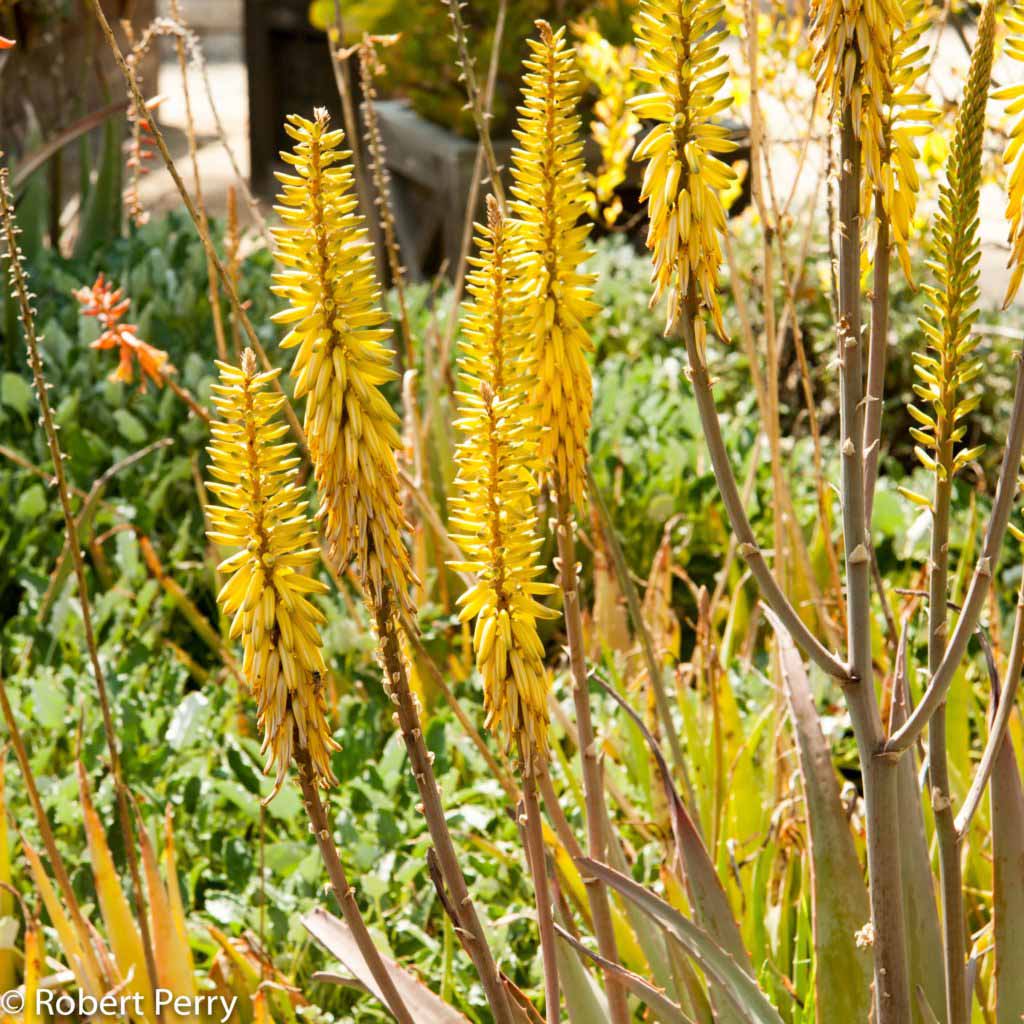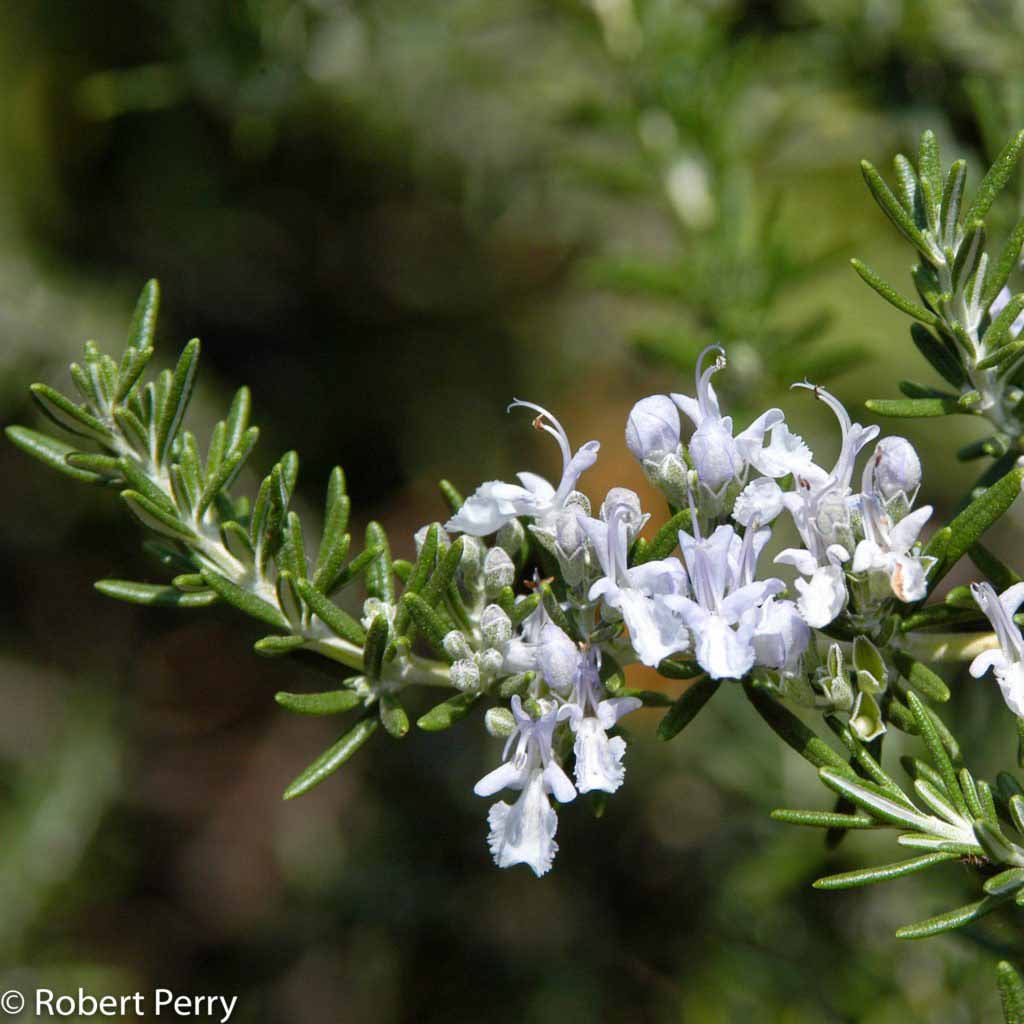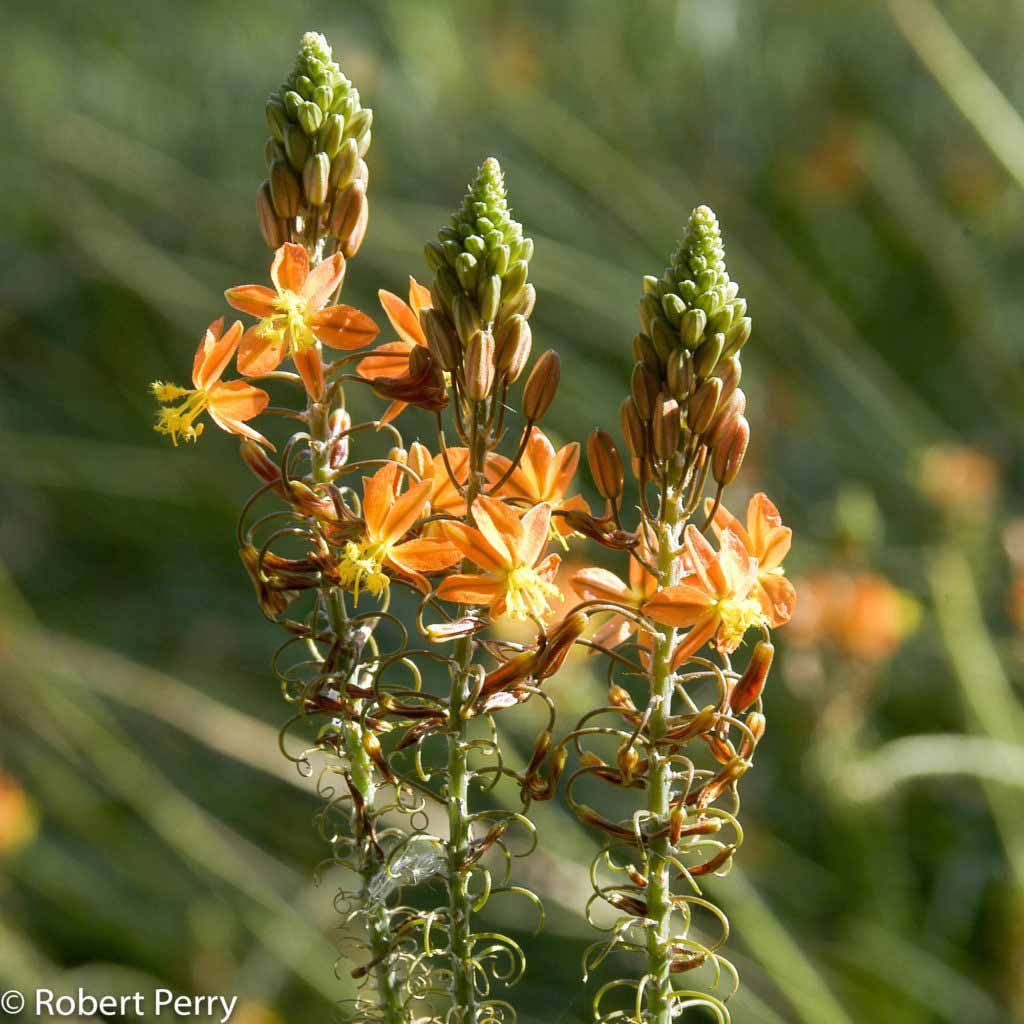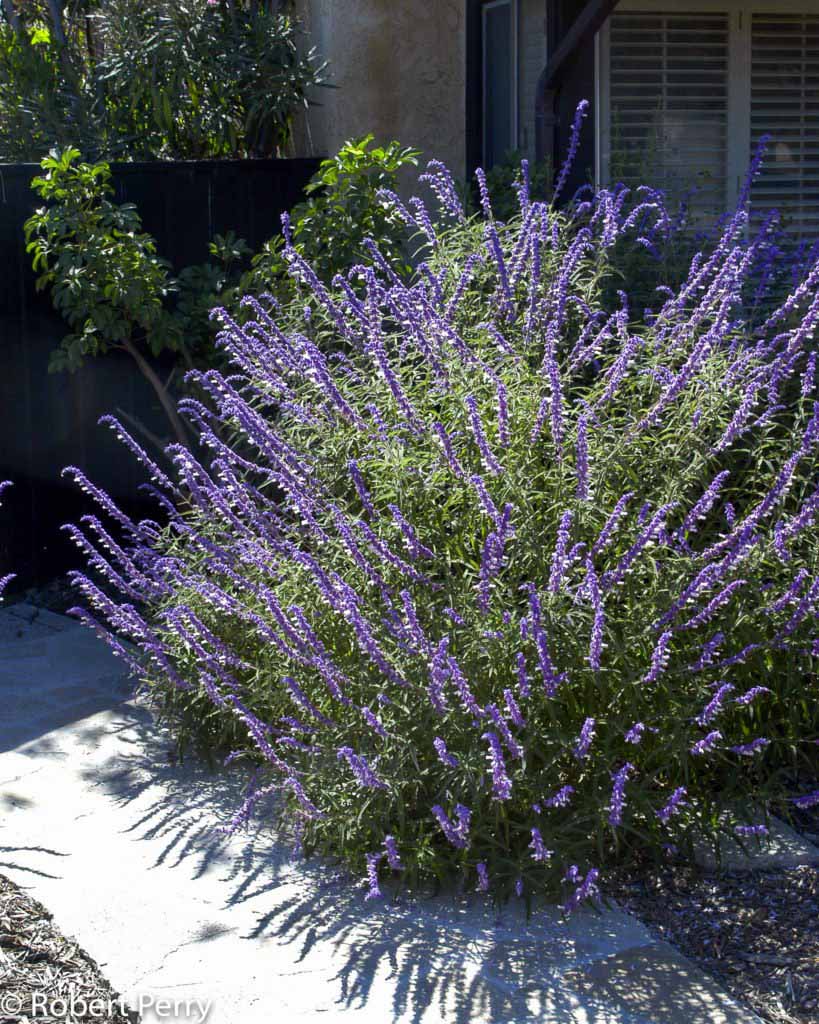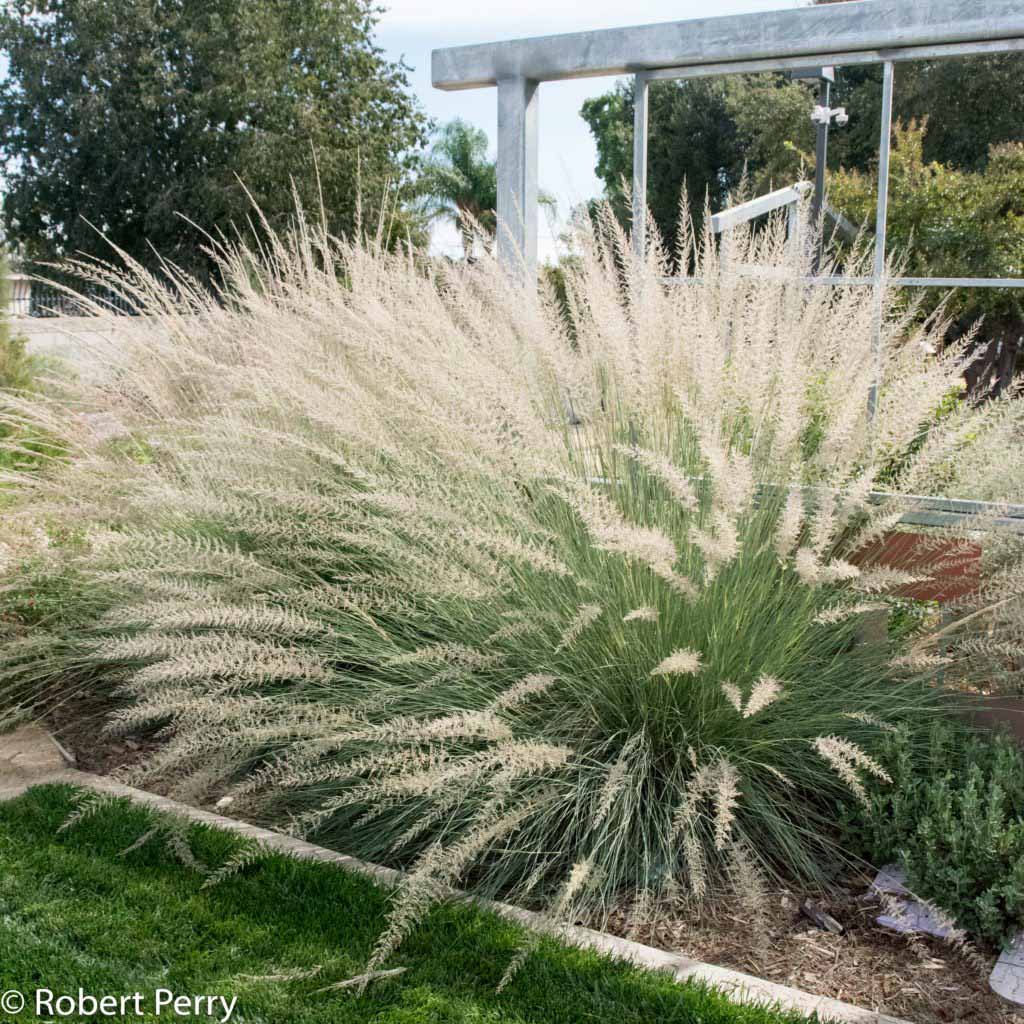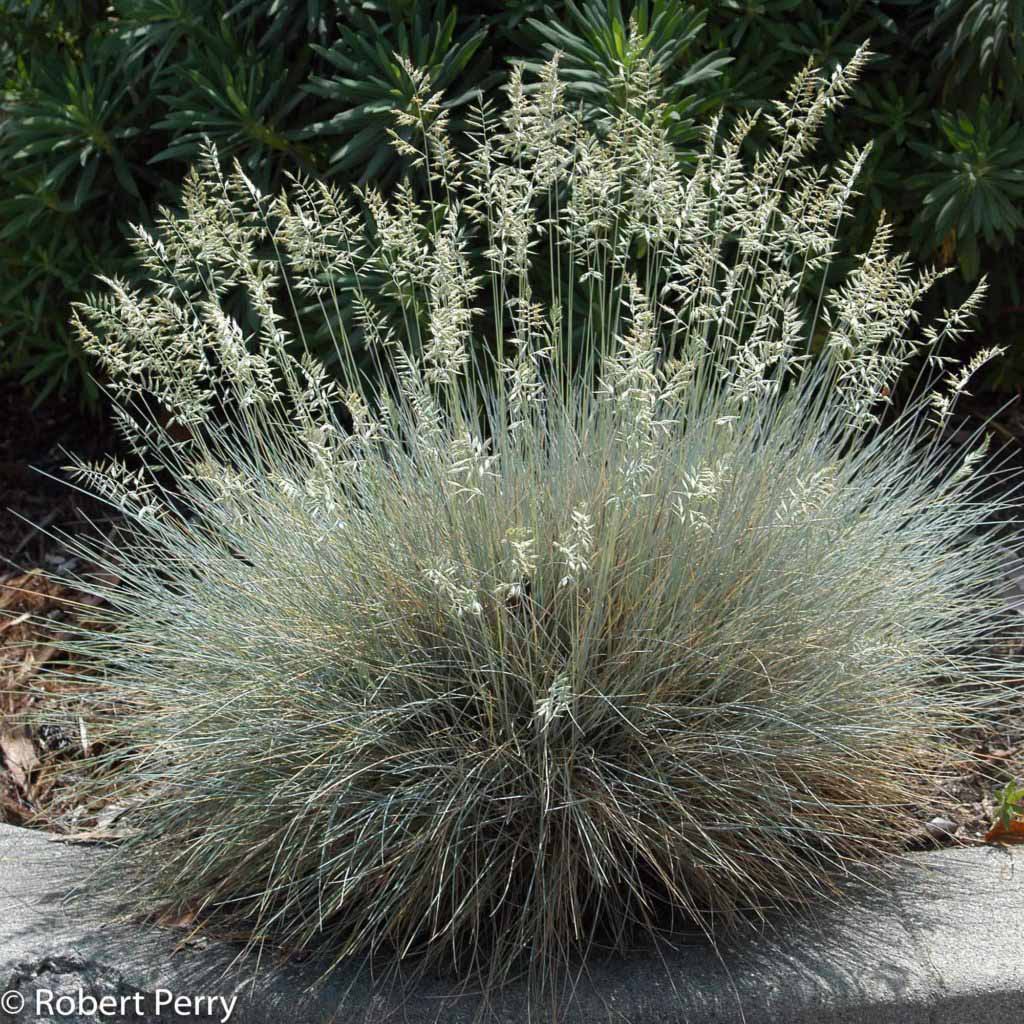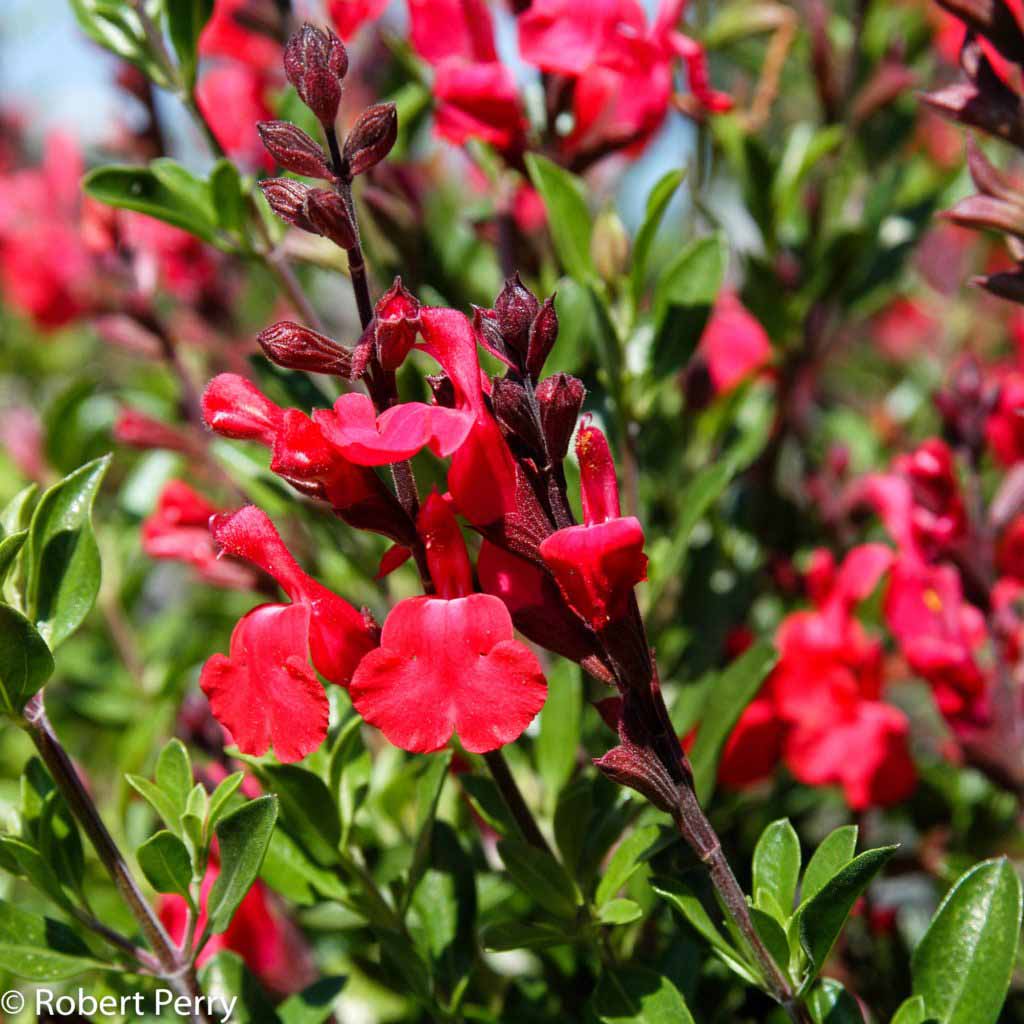Purple garden sage
Purple garden sage is a small herbaceous perennial herb that grows with a mounding habit, 18-24 in. tall and 2-3 ft. wide. Purple leaves with red new growth mature to a pale green. Leaves grow 3-4 in. long, have distinctly textured surfaces and are aromatic when crushed. Colorful spikes of pale to deep blue flowers […]
Purple garden sage Read More »
